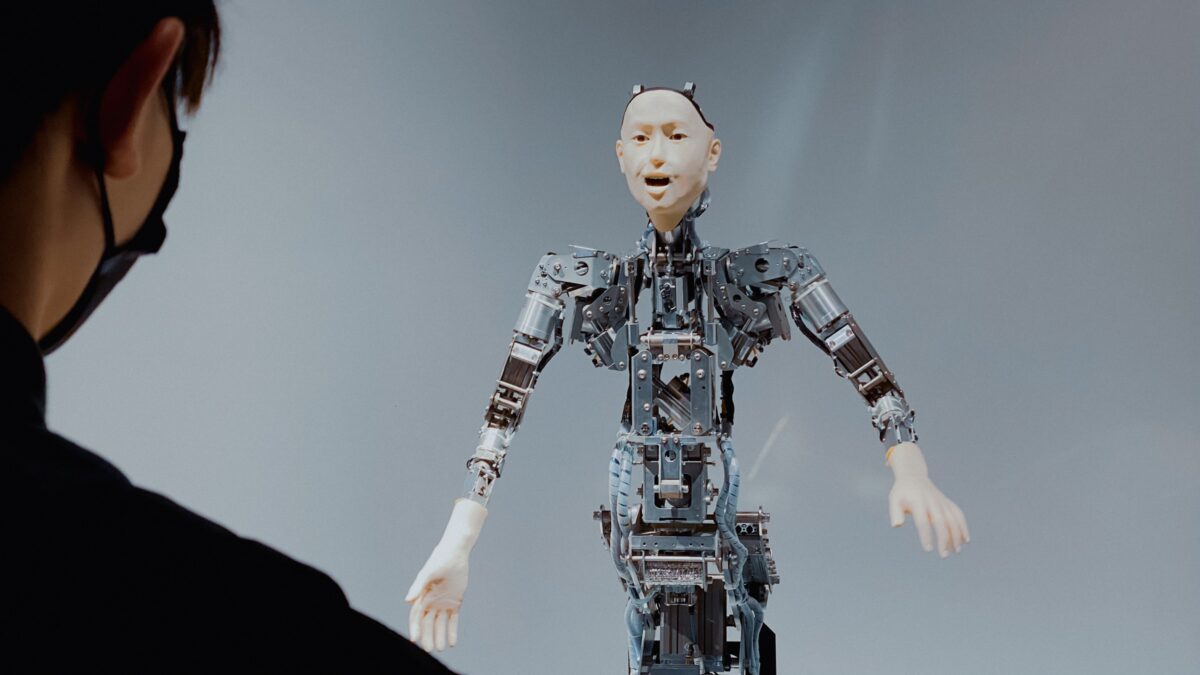As per legend, Galileo dropped loads off of the Leaning Tower of Pisa, demonstrating that gravity makes objects of various masses fall with a similar increasing speed.
As of late, specialists have taken to repeating this test such that the Italian researcher most likely never imagined — by dropping molecules.
Another examination portrays the most touchy molecule drop test up until this point and shows that Galileo’s gravity try actually holds up — in any event, for singular iotas. Two distinct sorts of iotas had a similar quickening inside about a section for every trillion, or 0.0000000001 percent, physicists report in a paper in press in Physical Review Letters.
Contrasted and a past iota drop test, the new examination is multiple times as touchy. “It speaks to a jump forward,” says physicist Guglielmo Tino of the University of Florence, who was not engaged with the new examination.
Analysts looked at rubidium particles of two distinct isotopes, iotas that contain various quantities of neutrons in their cores. The group dispatched billows of these molecules about 8.6 meters high in a cylinder under vacuum. As the iotas rose and fell, the two assortments quickened at basically a similar rate, the scientists found.
In affirming Galileo’s gravity analyze once more, the outcome maintains the proportionality rule, an establishment of Albert Einstein’s hypothesis of gravity, general relativity. That guideline expresses that an item’s inertial mass, which decides the amount it quickens when power is applied, is equal to its gravitational mass, which decides how solid a gravitational power it feels. The end result: An item’s increasing speed under gravity doesn’t rely upon its mass or arrangement.
Up until this point, the equality standard has withstood all tests. In any case, particles, which are dependent upon the abnormal laws of quantum mechanics, could uncover its powerless focuses. “At the point when you do the test with molecules … you’re trying the identicalness guideline and focusing on it in new manners,” says physicist Mark Kasevich of Stanford University.
Kasevich and partners contemplated the little particles utilizing iota interferometry, which exploits quantum mechanics to make amazingly exact estimations. During the molecules’ flight, the researchers put the iotas in a state called a quantum superposition, where particles don’t have one unmistakable area. All things being equal, every particle existed in a superposition of two areas, isolated by up to seven centimeters. At the point when the molecules’ two areas were united back, the particles meddled with themselves such that decisively uncovered their relative increasing speed.
Numerous researchers believe that the comparability guideline will inevitably flounder. “We have sensible desires that our momentum hypotheses … are not the finish of the story,” says physicist Magdalena Zych of the University of Queensland in Brisbane, Australia, who was not associated with the exploration. That is on the grounds that quantum mechanics — the part of material science that depicts the strange material science of the exceptionally little — doesn’t work well with general relativity, driving researchers on a chase for a hypothesis of quantum gravity that could join these thoughts. Numerous researchers speculate that the new hypothesis will abuse the identicalness rule by a sum too little to even think about having been recognized with tests performed hitherto.
Be that as it may, physicists want to improve such molecule based tests later on, for instance by performing them in space, where articles can free-succumb to expanded timeframes. An identicalness guideline test in space has just been performed with metal chambers, yet not yet with particles.
So there’s as yet an opportunity to refute Galileo.




